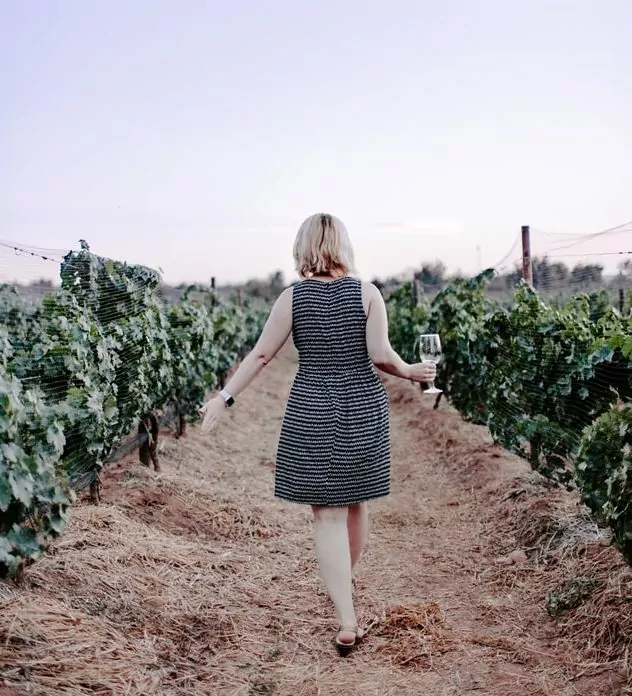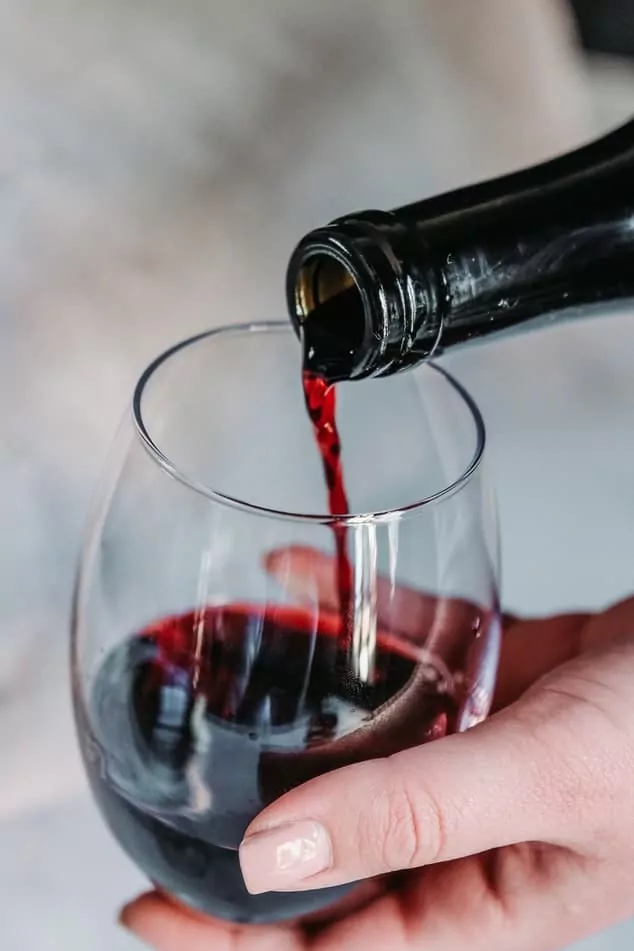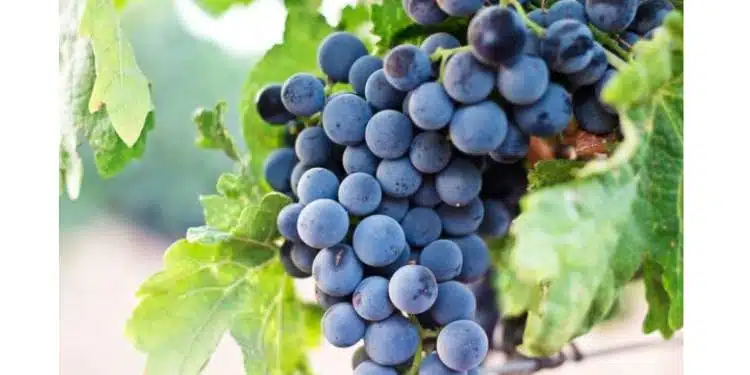The word, “organic”, is very popular in our socially conscious world today. That wasn’t always the case though, especially with wine. Several years ago, when I first started my wine studies, I remember rolling my eyes when a friend asked me about organic wines. I responded that the organic label was likely a marketing gimmick devised by some 1960s hippies trying to find an edge for their wine. All I knew at the time was basically that wine is made from grapes with some water and sunshine added. Sounds pretty “organic” to me.
The Popularity of Organic Wine Evolved Over Time
In my defense, there wasn’t a lot of available information back then outside the “organic” (and related) communities. Even the wine-related textbooks we used contained only a few paragraphs about what “organic” meant. Besides, many people more wine savvy than me clearly believed “organic” wines were inferior in quality and taste than “conventionally made” wines. Fast forward a few years and I started to hear the word, “organic” sprinkled throughout conversations among wine enthusiasts frequently. This term became mainstream, not just used by what I considered the “save the earth” crew. More and more people actively began to look for wines with a label that indicated a connection to the “organic” movement.

What Does the “Organic” Label Mean?
In a nutshell, “Organic” refers to the purity of the wine. This label guarantees the product uses no synthesized ingredients. Sounds pretty simple, right? Only it’s not.
Organic wines vary by region or country. For example, in the United States, the USDA (United States Department of Agriculture) defines the requirements for wines labeled organic and is the governing entity that issues the certification. In a nutshell, the USDA certification guarantees the wines do not use grapes with synthetic fertilizers, pesticides, or other chemicals. In addition, any and all additives such as fining agents and yeast used at any point in the process to make the wine must be organic. Finally, the label guarantees the product contains no GMOs”s (genetically modified organisms), preservatives with antioxidants or antibacterial properties, or sulfur additions (sulfites).
Let’s Talk About Sulfites
Sulfites is a word people say with disdain. They want their wine “sulfite-free”. The truth is sulfites, also known as sulfur dioxide, serve as preservatives and are not all bad. There are two types; natural and added. Here’s the difference.
Natural sulfites are compounds produced during fermentation (naturally). You cannot avoid them – sulfite-free wines literally do not exist. However, the fermentation process does not produce enough sulfites to preserve your wine for an extended period of time, and I recommend you don’t stress over them.
Added sulfites are put into wines during processing to preserve freshness. They protect wine from oxidation and unwanted bacteria and yeasts and do so very effectively. Without added sulfites, wines have a much shorter shelf life. In addition, wines don’t age as well without them, which explains why wine enthusiasts talk about organic wine as inferior. Without added sulfites, the coveted and expensive wine you aged in your wine cellar for years would taste like vinegar.
One more comment about sulfites; while sulfites can cause asthma, they do not cause headaches. It’s more likely that too much wine caused your headache, not the sulfites in the wine.

More About the Organic Certification
You may see the phrase, “made with organic grapes” on a wine bottle label here and there. This certification is a step down from the USDA organic certification. These wines may contain up to 100ppm sulfites, so they age and preserve much better than “USDA Organic” wines. Note that there is no seal for this level, just the words, “made with organic grapes” on the label. An EU (European Union) counterpart also exists called “EU Organic”, which follows rules similar to those in the U.S. labeled “made with organic grapes”, and therefore contain sulfites.
How Does Organic Wine Taste?
As part of my research for this article, I went to a local store to buy some organic wines to sample. They were not easy to find as this particular venue mixed their organic/certified wines on the shelves with traditionally made wines. In addition, the labels were confusing. Some of the wines from the EU had numerous icons and comments that suggested organic certifications but had no known certification seals.
I selected three wines to try. One was an American Cabernet Sauvignon made in California by Mother’s Choice and labeled USDA organic. It tasted okay, but, in my opinion, lacked depth. The other two were from Sicily and made by L’Auratae; both bottle labels implied organic but had no known certification seals. I tried a red Nero d’Avola, which I did not like at all, and a white one which was 60% Cataratto and 40% Pino Grigio, which was not great.
The Bottom Line
I like to drink wine that tastes good to me and I don’t personally worry about sulfites. In addition, I admit I am not an avid environmentalist. For those reasons, you may choose to purchase the wines you drink for different reasons than I do.
As for the wines I tried, I surely would not seek out any of these three again. It’s possible the taste of these wines was a function of the particular brands I tasted and not related to their “organic” status, but I need to try more to find out. As with traditionally made wines, old-fashioned trial and error is the best way to find the wine you like.
About the Author: Greg Indelicato
 Greg Indelicato holds several certifications in the wine and spirits discipline, notably WSET 1 and 2: World Masterclass of Whiskey and Certified Bourbon Steward. Over the past several years, Greg served as a guest speaker on wines and spirits for Speaking of Grapes and Grains, as well as for various industry and private clients. He enjoys helping others better understand wine and spirits and looks for opportunities to share his knowledge and passion with others. A recently retired geologist, Greg’s extensive science background provides a unique perspective for both the novice and the more seasoned wine and spirits drinkers.
Greg Indelicato holds several certifications in the wine and spirits discipline, notably WSET 1 and 2: World Masterclass of Whiskey and Certified Bourbon Steward. Over the past several years, Greg served as a guest speaker on wines and spirits for Speaking of Grapes and Grains, as well as for various industry and private clients. He enjoys helping others better understand wine and spirits and looks for opportunities to share his knowledge and passion with others. A recently retired geologist, Greg’s extensive science background provides a unique perspective for both the novice and the more seasoned wine and spirits drinkers.
Contact Greg with your wine questions or for additional information about tastings.










